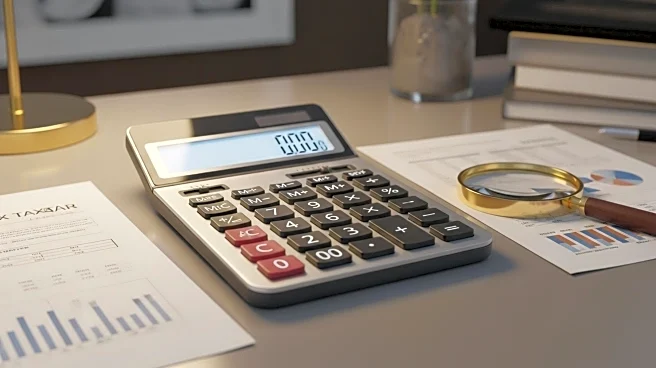What's Happening?
The IRS and U.S. Department of the Treasury have finalized rules for catch-up contributions to 401(k) plans under the Secure 2.0 Act of 2022. Starting in 2027, catch-up contributions for workers aged 50 and older who earn more than $145,000 annually will need to be made as Roth contributions, rather than pretax. Some plans may implement this change as early as 2026. This shift allows workers to choose between pretax and Roth contributions, depending on their financial situation and plan options. Roth contributions are made after-tax but grow tax-free, whereas pretax contributions reduce adjusted gross income upfront but are taxed upon withdrawal.
Why It's Important?
The change in catch-up contribution rules could have significant implications for retirement planning, particularly for higher earners. Roth contributions can offer tax-free growth, which may be advantageous for individuals expecting higher tax rates in retirement. However, the shift to Roth contributions could increase adjusted gross income, affecting eligibility for other tax deductions. Financial advisors are recommending that individuals conduct multi-year tax projections to determine the best strategy for their retirement savings. This rule change reflects broader legislative efforts to fund retirement-related initiatives through tax policy adjustments.
What's Next?
Higher earners should consult with financial advisors to assess the impact of the new rules on their retirement planning. Advisors may suggest accelerating pretax contributions before the rule takes effect or transitioning to Roth contributions sooner. The IRS will continue to provide guidance on implementing these changes, and employers will need to update their retirement plan offerings to comply with the new requirements. As the implementation date approaches, further analysis and planning will be necessary to optimize retirement savings strategies.










